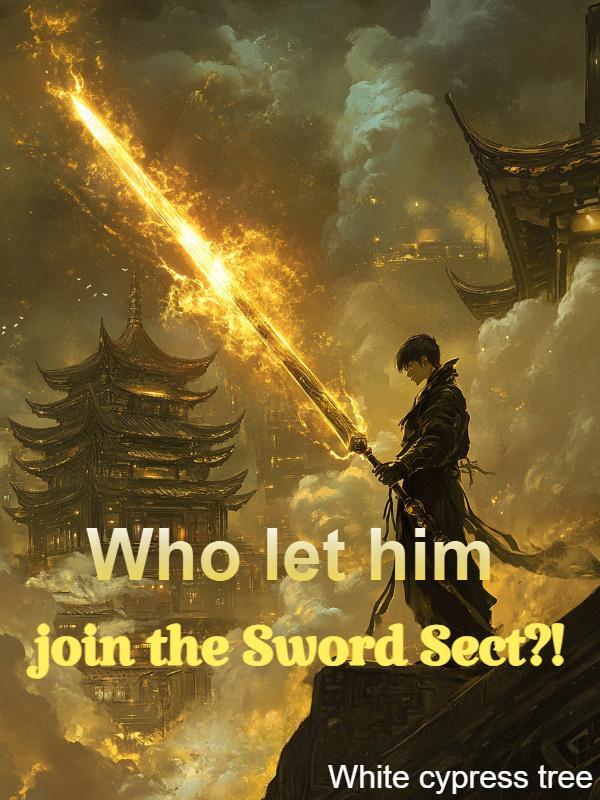Video Game Tycoon in Tokyo-Chapter 832: A Brand-New Carnival
Chapter 832 - A Brand-New Carnival
Using an internet slang term from Takayuki's original world, Kazumi was the perfect example of a social butterfly.
No matter where she was, she always carried herself with an easygoing, carefree attitude—as if nothing in the world could trouble her.
"You idiot, tone it down a bit!"
Oto-chan lunged forward, trying to cover Kazumi's mouth.
But Kazumi quickly dodged and pointed toward one of the gaming zones. "Look over there! There's the Future Lab—they always showcase Gamestar Entertainment's latest game technologies. Let's check it out!"
Oto-chan was visibly frustrated, while Aiko, standing nearby, didn't seem to care. She wasn't someone who worried about what outsiders thought. Her only concern was achieving success. The only person she ever considered when holding back was Takayuki.
"You all go explore freely. No need to hold back," Oto-chan said to the group of newly hired employees. "After all, you're gamers too, right? Just enjoy yourselves here."
Then she quickly went after Kazumi.
In Oto-chan's view, if she didn't keep a close eye on Kazumi, the girl was bound to do something embarrassing sooner or later.
The new recruits let out cheers and scattered off to explore the carnival on their own.
By now, the Gamestar Carnival truly lived up to its name, feeling more like a full-blown citywide festival than a mere gaming event.
Back during the first event, Gamestar had to rent out two small venues to host it.
But now, the Tokyo government practically begged Gamestar to make it as big and flashy as possible.
Every time the carnival was held, it significantly boosted Tokyo's tourism revenue in just a short span of time.
Today, the Gamestar Carnival had expanded far beyond just gaming demos and esports—it now spanned two full city blocks.
Many of Gamestar's partner companies joined the event, using it to promote their latest products.
This had become the most sacred gathering for game developers around the world—a stage where every type of game could find its spotlight.
The two blocks were divided into five main zones:
Zone 1: Gamestar Entertainment's official showcase zone. Here, a grand fireworks show would be held at night, and announcements would be made about the company's current and future game plans.
Zone 2: Gamestar's first-party game demo area. Players could try out upcoming games firsthand. Sometimes, mysterious unreleased titles were teased here—like the half-completed GTA: San Andreas demo.
The most uptodat𝓮 n𝒐vels are published on freёnovelkiss.com.
Zone 3: The esports arena—by far the largest zone. This hosted Gamestar's annual esports tournament, featuring titles like CS:GO, Titanfall, Football League, Need for Speed, NBA, Street Fighter, and more.
Oh, and let's not forget the speedrun competitions, with the original Super Mario Bros. being the most iconic challenge. No one had beaten the world record in years.
Naturally, this zone drew the largest crowds.
Competitive gaming was exhilarating—and just like traditional sports like basketball and football, its appeal had stood the test of time.
Gamestar had helped esports grow in a uniquely immersive direction.
At first, companies like Surii Electronics had tried lobbying to get esports into the Olympics or similar global sporting events. But just like in Takayuki's original world, traditional sports institutions were cold and hostile toward esports.
They saw gaming as a threat that siphoned off their audience and money—every cent esports made was seen as a loss for them.
Takayuki saw this clearly. He had no intention of seeking their approval.
He didn't need someone else's validation. He was the gold standard—and he had nothing to prove.
There were 80,000 people in Zone 3 at that moment, all watching their favorite esports titles live.
In StarCraft, Korean pro players continued to dominate the scene year after year. Korea had long pushed for the game's development and visibility.
Takayuki had even delayed balancing patches just to maintain competitive stability—because stable balancing is key to a lasting esport.
From the start, StarCraft had been nearly perfect. And because the country itself supported the game, it had become a national symbol in South Korea.
Their booming esports industry benefited greatly from this.
But the biggest winner? Still Takayuki. A whole country promoting his game was proof of Gamestar's dominance in the video game industry.
No other company could compare.
Zone 4: The partner showcase area, the same size as Zone 1. Here, all of Gamestar's collaborators set up booths to show off their latest titles. It was a great place for devs to network and share ideas.
Zone 5: A private business negotiation area, closed to the public. New titles were born here, and rising developers found their footing—becoming the next big names in the industry.
Back in Zone 2's Future Lab, Kazumi was testing out the latest VR tech.
She was blown away—amazed by how real it felt, as if she were walking through a vast new world.
The only downside was the limited sensory experience—you had sight and sound, but no smell, taste, or touch.
"If those were included too," Kazumi thought, "this world would be so immersive, you might never want to leave."
Just then, Oto-chan's voice pulled her back to reality.
"Kazumi! Time's up—the fireworks show is about to start. You don't want to miss that, do you?"
"Huh? Already?" Kazumi pulled off the VR headset, shocked by how much time had passed.
It had just been a simple demo where she wandered through a digital world, but she had completely lost track of time.
"Let's go, let's go! We're gonna miss the fireworks!"





![Read The Royal Military Academy's Impostor Owns a Dungeon [BL]](http://static.novelbuddy.com/images/the-royal-military-academys-impostor-owns-a-dungeon-bl.png)
